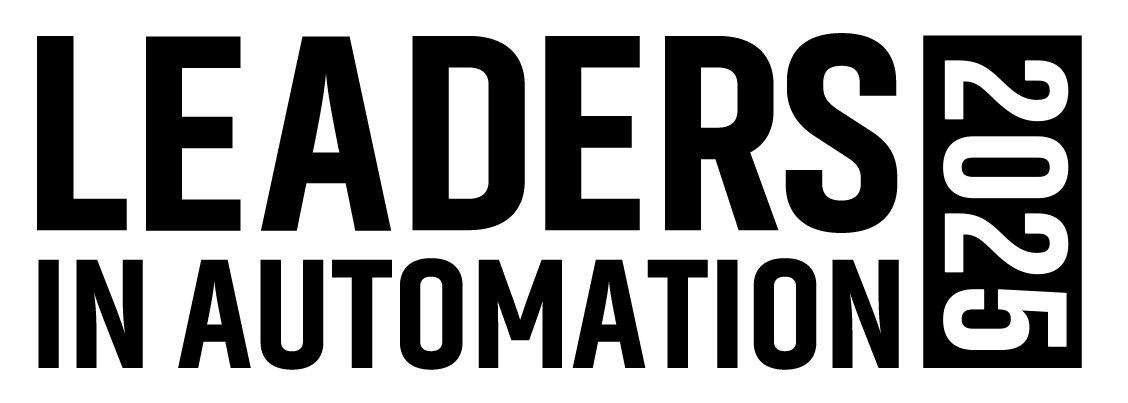This article originally appeared Aug. 2, 2017, after Reshma Saujani's keynote at the 2017 LiveWorx Technology Conference. But this topic remains as relevant as ever. Saujani, founder and CEO of Girls Who Code, gave a keynote presentation at ProMat 2019 last week in Chicago to continue her push for closing the gender gap in industry.
There are some 500,000 open jobs in computing in the U.S., but we only graduate 40,000 computer science students a year. Meanwhile, the number of women in the computing workforce has dropped from 37 percent of the total in 1995 to 24 percent today. Do something to fix the cultural influences that have led to that decline, and women could be the answer to filling the talent pipeline, said Reshma Saujani.
“If we do nothing, it’s going to get worse,” Saujani told the audience at a recent LiveWorx Technology Conference in Boston. “It will drop to 22 percent by 2025.”
So Saujani is doing something. She is the founder and CEO of Girls Who Code, a national non-profit organization focused on closing the gender gap in technology through afterschool clubs for sixth- to 12th-grade girls and summer immersion programs for 10th and 11th graders. Girls are not only learning how to code—they’re learning how to overcome significant cultural barriers.
“Why have we had this dramatic decline of women in computing at a time when technology is a part of everything we do?” Saujani asked. The answer, she said, is seen throughout our culture.
In the 1980s, when the PC came out, it was targeted as a toy for boys. “That computer was a transformative experience because it allowed them to tinker, to dream about what was possible,” Saujani said. “Little girls didn’t have that same experience. Their parents weren’t purchasing computers for them.”
The stereotypical programmer is a dude in a hoodie, sitting in a basement, unshowered. Little girls looked at that image and didn’t see a role model for themselves, Saujani said. “Not only do I not want to be him, I don’t even want to be friends with him,” she added. “It totally turned them off from going into this field.”
Our culture also celebrates the idea that women aren’t good at math. The popular Barbie, for example, says things like, “I hate math; let’s go shopping instead.” Or she designs the idea for a game, but needs Steven’s and Brian’s help to turn it into an actual game. In the movie “Mean Girls,” the main character pretends she’s not good at math in order to win a boy’s affections.
“You would never walk into a dinner party and say I can’t read. It’s not socially acceptable,” Saujani commented. “But it’s become socially acceptable for women to say they hate or are not good at a skill they need to survive.”
And girls are taught from a young age to only pursue those things they are good at. “We’ve raised our girls to be perfect, and we’ve raised our boys to be brave,” Saujani contends. “Boys are taught to crawl to the top of the monkey bars and jump off, head first. We expect bravery, not perfection.”
Men will readily volunteer for things they know nothing about, Saujani said to the technical audience dominated, of course, by men. “You are totally comfortable with rejection; it doesn’t bother you,” she said. “We don’t like it. We’ve been raised to be perfect, to always get it right.”
The effect this has is that women tend to gravitate only toward things they know they’re good at. “We dominate in the classroom, but you kill us in the real world.”
This is counter to the world of coding, which is an iterative process with a lot of trial and error. It’s not uncommon that when a girl is first learning to code, she will sit with a blank screen, too unsure of the work that she’s doing to move forward with it. “She wrote code, but deleted it,” Saujani described of one particular situation. “Instead of showing the progress she’d made, she showed nothing at all. It’s perfection or bust.”
“When you teach girls to code, you teach them how to be brave,” Saujani added.
Although Saujani doesn’t actually know how to write code herself, she knows something about being brave. At the age of 33, she quit her job as an attorney and ran for U.S. Congress (the first Indian-American woman to do so) against an 18-year incumbent. She lost—and embraced her failure completely, creating Girls Who Code as a result.
Saujani visited a lot of schools during her campaign, and was dismayed at the overwhelming dominance of boys in robotics and computer science classes. “I thought to myself: Where are the girls? It didn’t make sense,” she said. “Women are the majority in college, the majority in the labor force, and 40 percent of the breadwinners. It especially didn’t make sense in terms of economic opportunity.”
Girls Who Code was created to make a change to that dynamic. It began in New York City in 2012, with 20 girls handpicked for the program. It’s since grown to 40,000, with girls in every state. “That number is really powerful because, remember, only 7,000 girls graduated in computer science last year,” Saujani pointed out.
Saujani hopes to reach 100,000 girls next year with the afterschool club programs. There are currently 80 summer immersion programs in 11 different cities. Half of the girls in the program are under the poverty line—many without Wi-Fi at home and some even walking over from homeless shelters.
Saujani’s parents immigrated to the U.S. from Uganda. Her dad read to her of leaders like John F. Kennedy, Mahatma Gandhi and Nelson Mandela. “From the time I was a little girl, I wanted to be a change agent,” she said.
When girls learn to code, they become change agents. “The first thing we’re doing is teaching capabilities,” Saujani said. “But they’re also learning how to be brave, how to be resilient, how to use their voice. They learn how to stand up to a CEO and tell them their code sucks. This confidence that they’ve learned in their skills is to teach them how to survive.”
The program is finding success in encouraging girls toward computing careers—93 percent of the girls in the summer immersion program and 65 percent of the girls in the club program are considering a major or minor in computer science or a closely related field. Without these programs, Saujani said, “there will be far too many innovations that will be left behind.”
She pointed to a few recent grads that are making a difference in their field. Danielle Okezie is one of only two female computer science majors in her class at Harvard. As a freshman at the University of Pennsylvania, Nastasia Efremkina applied for a patent for a device to make guns safer. And Trisha Prabhu recently won $100,000 from Shark Tank for her app, ReThink, that takes steps to combat cyber bullying.
From Saujani’s point of view, women bring a different sensibility to programming and to what discoveries can be made. “If you want to find a cure to cancer, teach girls to code,” she said. “If you want to do something about climate change, teach girls to code.”
About the Author
Aaron Hand
Editor-in-Chief, ProFood World

Leaders relevant to this article:
